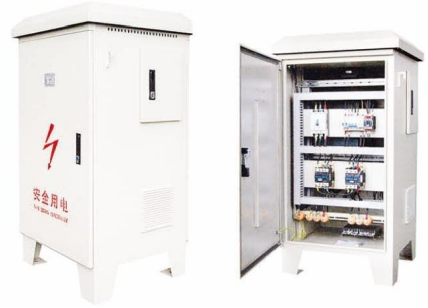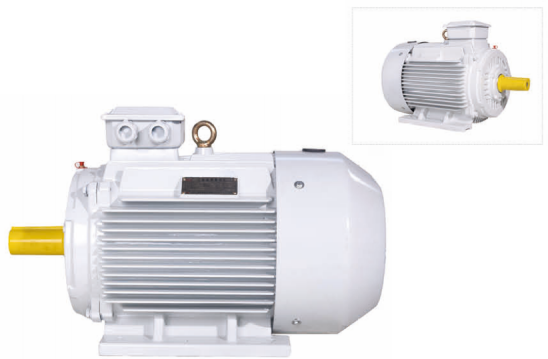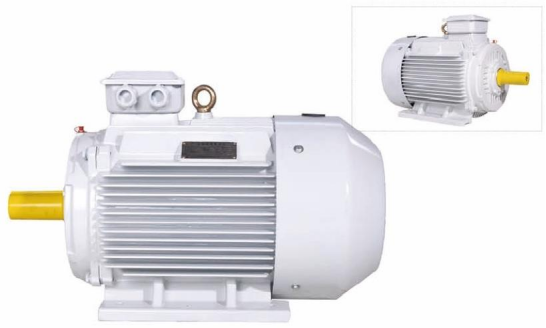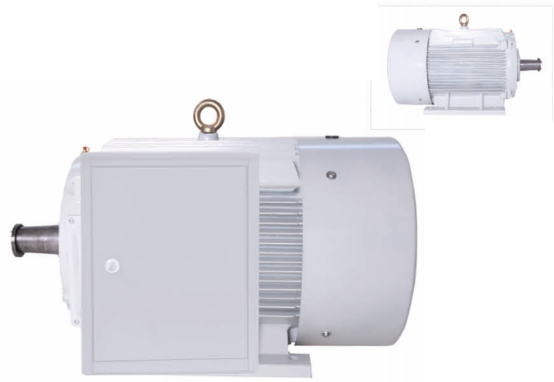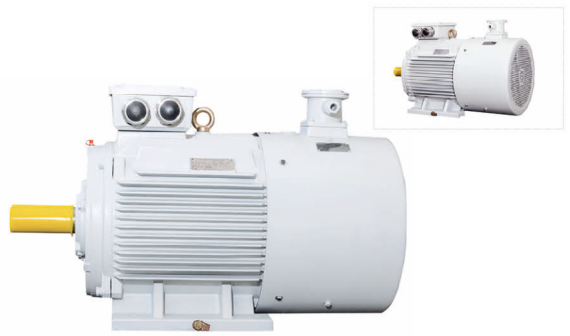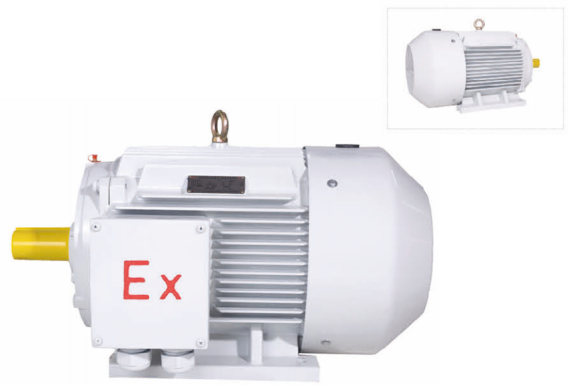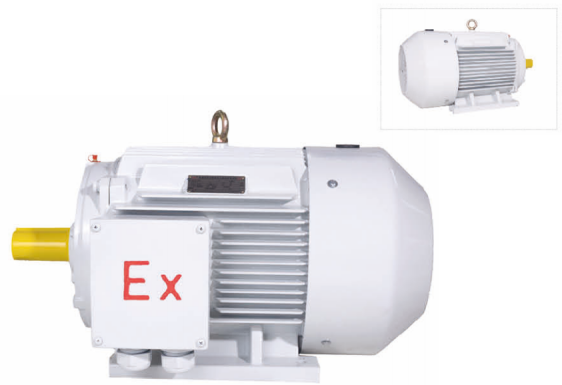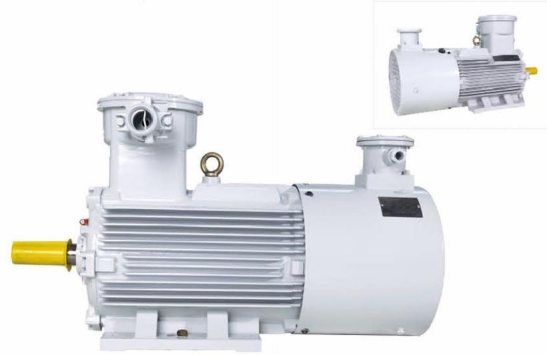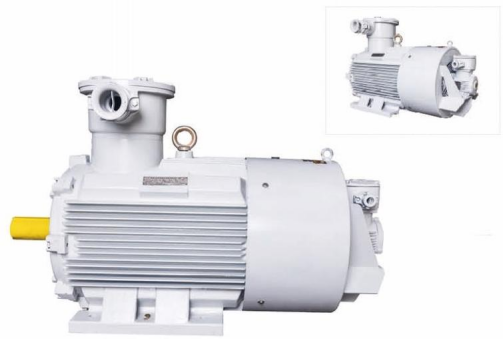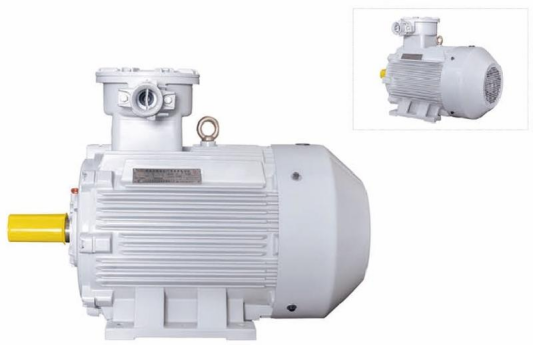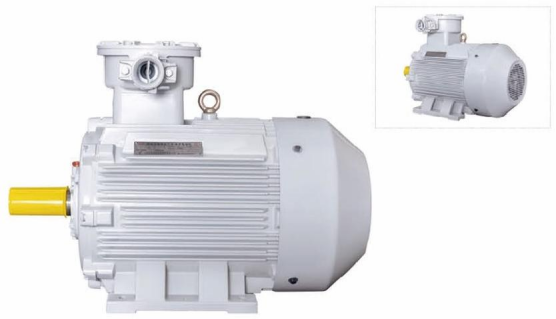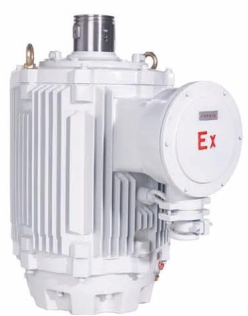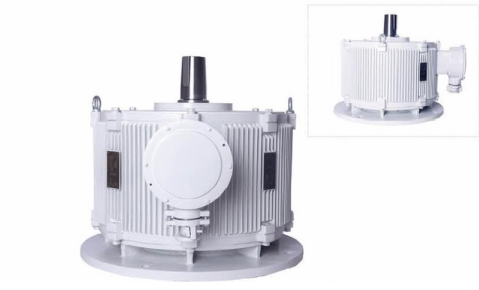Wedoany.com Report-Apr. 9, Researchers at the East China University of Science and Technology have developed an innovative dual-solvent method to enhance the stability and efficiency of perovskite solar cells and modules. Led by corresponding author Wenjun Wu, the team employed a two-step process using a combination of solvents to improve performance. Wu explained: “Our research innovatively employed a dual-solvent engineering approach within a two-step process to elevate the power conversion efficiency of printable mesoscopic CsPbBr3-based perovskite solar cells to a record-breaking 10.18% efficiency. Furthermore, by integrating a four-terminal reflective device, we successfully boosted the output power to 29.44 mW cm-2.”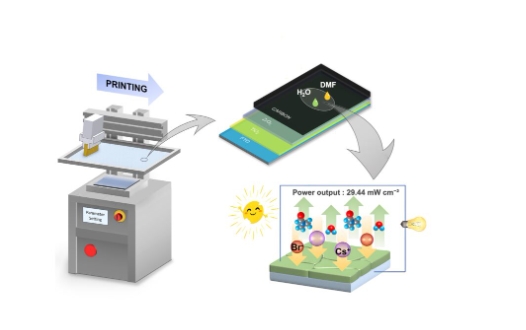
Schematic of the proposed manufacturing process
Previous studies identified water as a viable solvent for CsPbBr3 perovskite due to its donor number and dielectric constant, but it fell short in film quality and device output. To overcome these limitations, the team used density functional theory (DFT) calculations and Tyndall effect analysis, introducing N-dimethylformamide (DMF) as a co-solvent. The researchers noted: “By carefully selecting solvents with enhanced donor numbers and dielectric constants, the surface Br/Pb ratio of CsPbBr3 was effectively modulated, inducing p-type transition, and suppressing defect formation within the perovskite film.” This approach was applied through screen printing to create all-inorganic carbon-based mesoscopic perovskite solar cells, outperforming cells made with a traditional water-based process.
The technology achieved a record efficiency of 10.18% in a small-scale cell, while a larger 17.88 cm² device reached 8.72%. The dual-solvent treatment improved carrier dynamics, reduced defects, and enhanced overall performance. Stability tests revealed the cells retained 93.2% of their initial efficiency after 1,000 hours at 150°C. To maximize power, the team paired the cell with a four-terminal mirror-concentrator, achieving 29.44 mW cm². The researchers concluded: “Our findings establish a promising pathway towards high-performance and stable all-inorganic perovskite solar cells suitable for large-scale applications.”
Details of this work are outlined in the study “Achieving unprecedented power-output in 4-terminal mirror-symmetrical printable carbon CsPbBr3 solar cells through dual-solvent engineering,” published in Energy & Environmental Science. Looking ahead, Wu shared future plans: “In the future, we plan to continue enhancing the photoelectric conversion characteristics of the devices through optimization of the crystallization process, screening of passivation systems, and the development of efficient incident light collection and utilization devices. We also aim to explore applications in large-area devices.” This research marks a significant step toward scalable, efficient, and durable solar energy solutions.
